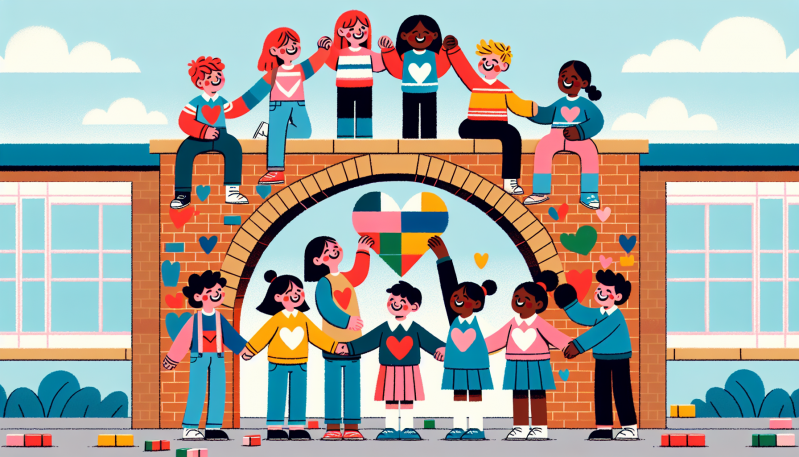Transitions are an inevitable part of life, marking the progression from one stage to another. For students, the transition from elementary to middle school, middle to high school, or simply into a new classroom within the same school can be a time filled with excitement, anxiety, and a myriad of other emotions. How we, as educators, parents, and influencers, navigate and support students through these changes can leave a lasting impact on their mental health and social well-being. In this blog, we explore comprehensive strategies to ease these transitions, ensuring every student feels prepared, welcome, and resilient in the face of change.
Creating a Seamless Transition: Preparation is Key
The adage ‘forewarned is forearmed’ is particularly apt when it comes to school transitions. Preparing students for what to expect can significantly ease their anxiety. Schools can organize orientation days where students visit their new environment, meet potential teachers, and engage in activities that reflect their upcoming experience. This familiarization process demystifies the new environment, making the unknown known.
For parents, involvement in preparation can range from discussing the changes ahead to connecting with other parents who have gone through similar experiences. By sharing insights and establishing a support network, parents can better guide their children through this journey.
Fostering Welcoming Environments: Inclusivity and Kindness
Research has shown that a welcoming school environment significantly contributes to student adjustment. Educators and school staff can play a crucial role in creating a culture of kindness and inclusivity which is essential for promoting mental health and countering loneliness. This involves everything from the physical space – ensuring it’s friendly and inviting – to the social atmosphere, where diversity is celebrated, and every child feels represented and valued.
Programs and activities that encourage peer support can also foster this environment, such as buddy systems, where older students mentor new students, helping them to acclimate socially and academically.
Building Resilience: The Foundation of Emotional Well-being
Resilience, the ability to recover from difficulties, is a skill that can be taught and nurtured. Schools and families can work together to build this trait by encouraging problem-solving, offering opportunities for students to overcome challenges, and teaching coping strategies.
Mental health education should be incorporated into the curriculum to empower students with the knowledge they need to manage stress and recognize when they or their peers may need additional support. This education can also include training in communication skills, which are pivotal in maintaining relationships and expressing needs and concerns.
Maintaining Open Communication: A Lifeline for Students
Communication is the cornerstone of understanding and support. For students facing transition challenges, knowing that they have a trusted adult to turn to can make all the difference. Regular check-ins by teachers and school counselors can help identify any issues early on. At home, fostering an environment where children feel safe to express their concerns is equally important. This open dialogue ensures that students do not feel alone in their experiences and can find the help they need when they need it.
Embracing Diversity and Ensuring Inclusion
Tips for ensuring inclusive transitions:
– Cultural competency training for educators to understand varied backgrounds.
– DEI initiatives that celebrate diversity and promote understanding.
– Support systems specifically geared toward students from minority or underrepresented groups.
At Friendship Week, our dedication to mental health, kindness, loneliness, and DEI principles is the driving force behind our support for these transition strategies. By approaching each transition as an opportunity for growth and learning, we can help our students navigate the emotional terrain of school life with confidence and support.
Incorporating these strategies can create a seamless transition process, helping students to thrive not just academically, but also emotionally and socially, irrespective of their background. We encourage educational influencers, school staffers, parents, and the wider school community to embrace and share these insights, creating a ripple effect of support and understanding that can transform the school transition experience for all students.



